Beauty and the beasts: Searching for tigers in India
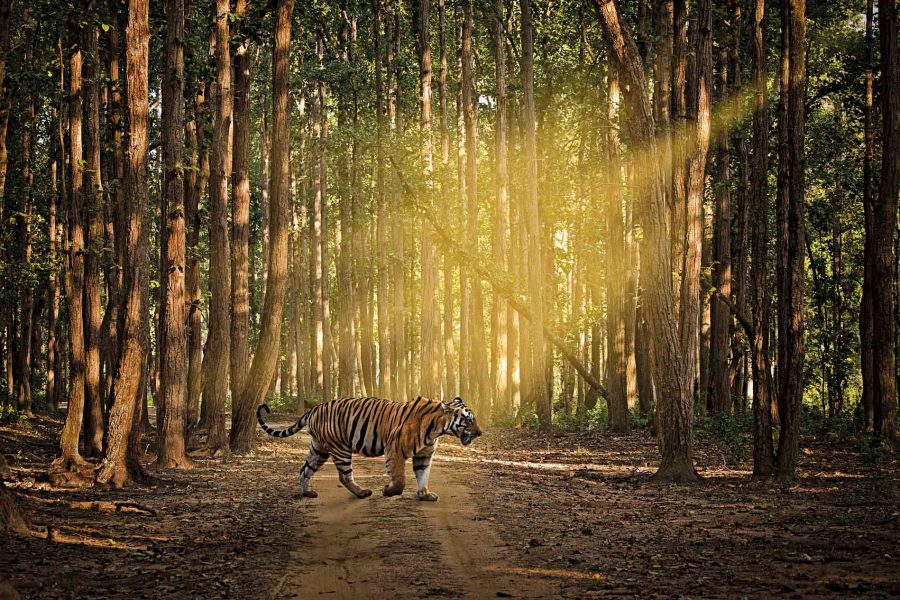
Tigers would not fare particularly well in the dating world. Kanha National Park in central India is a Jungle Book fantasyland of lakes, valleys, abandoned temples and tigers playing very hard to get.
The remaining 1,000-square kilometre slice of this once-vast forests is extraordinarily beautiful, and getting here is a bit of a trek. But I’m here to catch a glimpse of the world’s most revered land predators – tigers – and India’s national parks are home to some 2,200 of them, or more than half of the global population. Yet after two days of sweatily searching for them in the jungle, we have yet to see even a flash of burnt orange stripe.
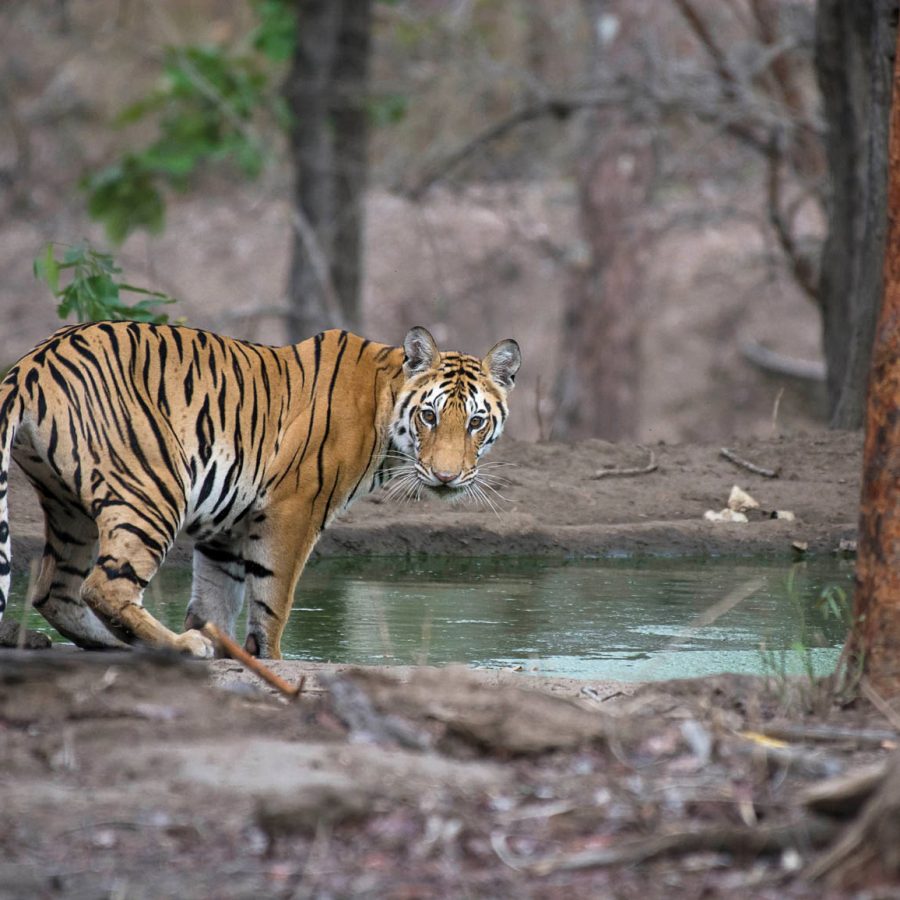
Credit: Taj Safaris
Tigers are annoyingly elusive. Like everything else in life, the less available they are, the more we want them. And although wild tiger numbers are on the rise, they’re still endangered creatures, at risk of both poaching and the loss of their natural habitats as humans place their outsized footprint on the world.
Finding them is easier in certain months of the year than others. Over the extraordinary heat of high summer, for instance, these water-loving cats rarely leave the lakes and ponds, and visitors can park themselves next to a tempting pool and spend the day jealously watching them cool off.
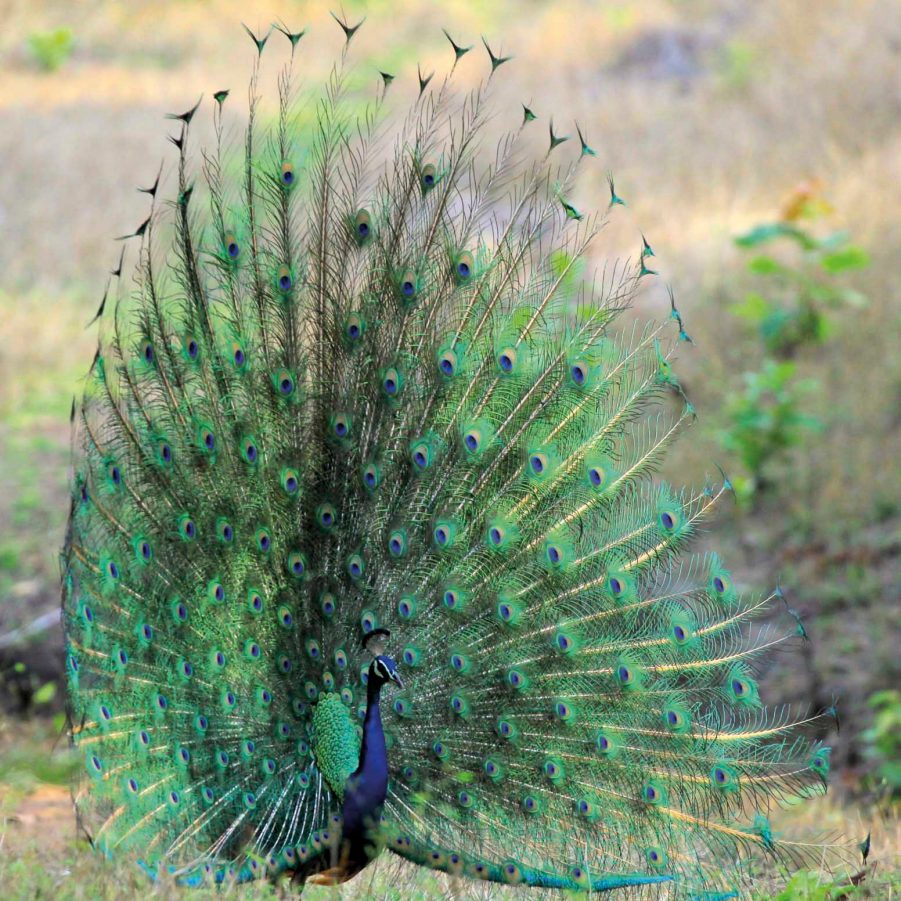
Credit: Atul Pandey
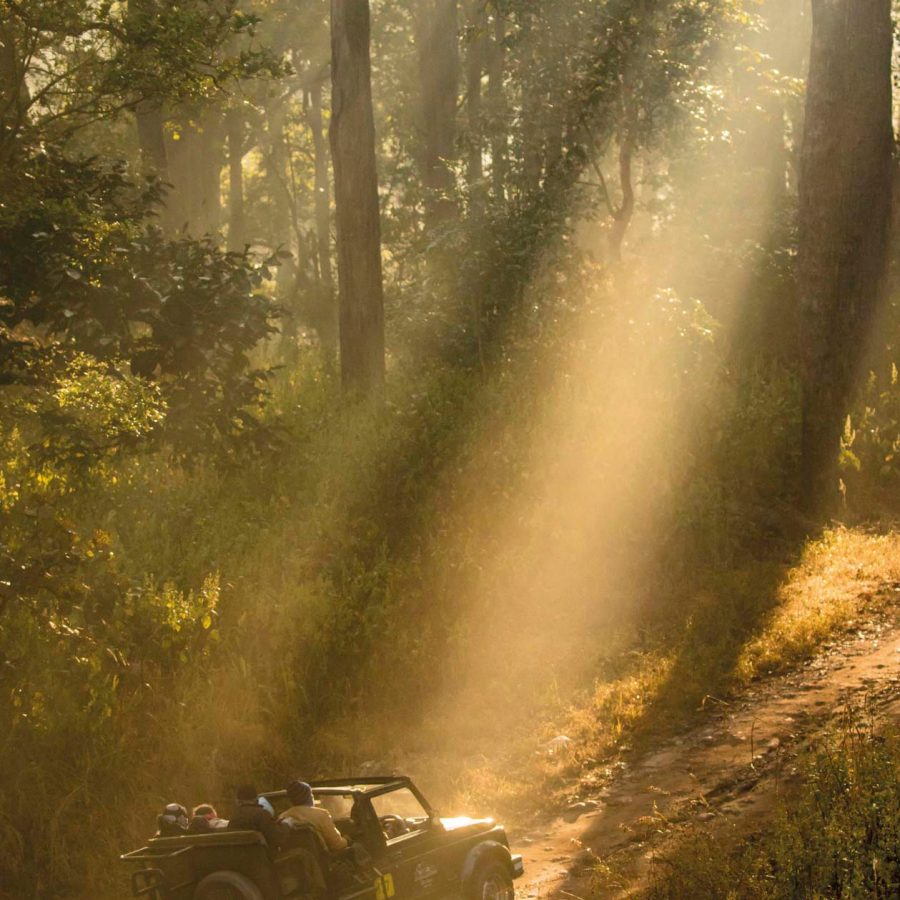
Credit: Dipan Kolte
But there is also something particularly thrilling about not knowing how and where you’ll spot one of these magnificent creatures.
With all wildlife encounters, your fate rests in the hands of lady luck and the skill of your guide. When it comes to the latter, the gods have blessed me. Phalgun Patel was born in a nature reserve in Bangalore and is one of the most knowledgeable naturalists I have ever driven with, having spent his childhood studying the black panthers of his home state.
Patel works at Banjaar Tola , Taj Safari’s beautiful riverfront camp in Kanha, which is where I am staying – all expansive wooden decks and plush tented bedrooms that open onto balconies perched above the river. From my outdoor daybed, I can see tribeswomen wash their hair and watch spotted deers and black bears teeter up to drink the brackish water.
But no tigers.

Credit: Dookphoto
When the big cats are not around, the animals they terrorise are out in force. Spotted deer with bulging eyes glance neurotically at every thicket, wild pigs pirouette across dirt roads in their speed to conceal themselves, and langur monkeys with wizened old-man faces perch just out of pouncing distance.
My luck finally changes in the early afternoon of my second day in Kanha. After a quiet morning of birdwatching, we stumble into a group of 20 jeeps all huddling around a seemingly empty thicket. (A recent explosion in domestic tourism has forced the government to restrict vehicle permits. As a result, the jungle feels deliciously empty of humans – until a tiger appears, that is.)
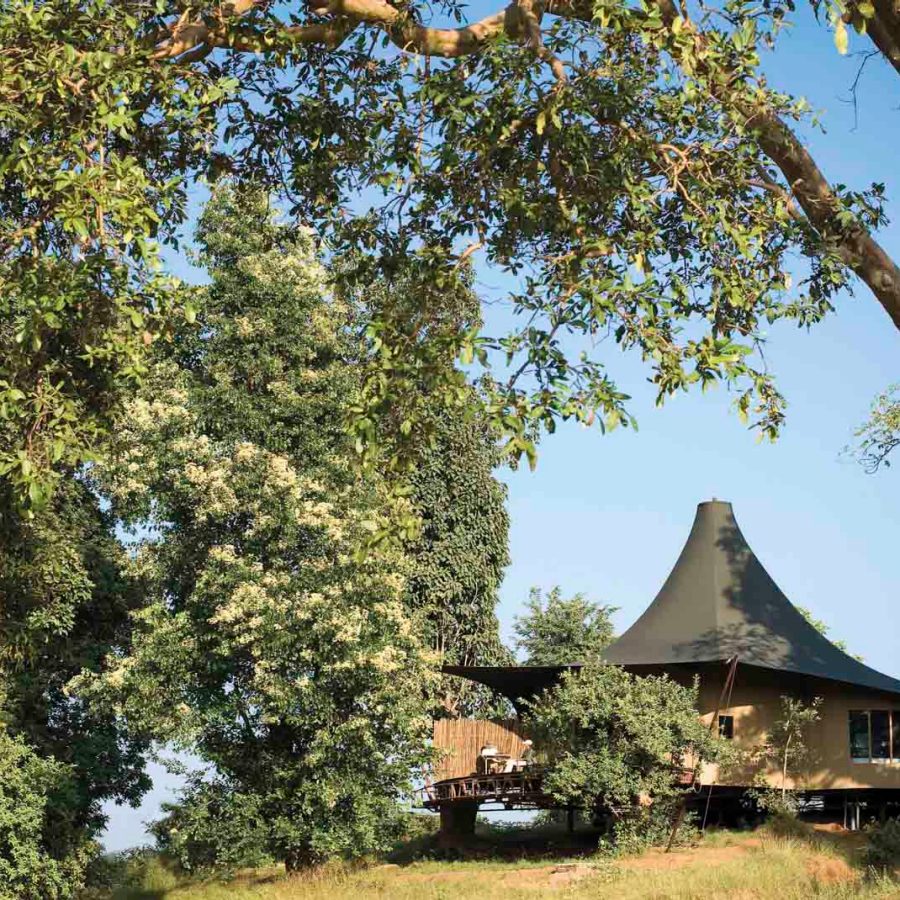
Credit: Dookphoto
A tiger’s iridescent markings are almost invisible in the undergrowth, which means they are particularly difficult to spot in repose. But a few moments later, I finally understand what we are all gawping at. One giant leg of the animal is poking out from behind a tree, and another hangs lazily over a branch. Its head and body are obscured, except for when he occasionally sits up to glance at the awe-struck tourists, and then flops back to sleep.
Patel and I admire these very large paws for a while, before driving away towards the lush inner forests of the park. One piece of advice I can give after a week in the Indian bush is to avoid the vast crowds that form each day around one beleaguered beast, as it is difficult to hold on to the atmosphere of what should be an extraordinary encounter alongside dozens of snap-happy tourists.
We stop for peacocks standing on low-hanging branches with their feathers draping gracefully like an Alexander McQueen dress, as well as giant bodybuilder-like gaurs and bald-headed vultures drying the blood off their wings.
And after making a sharp turn towards a ravine, there she is: a single tiger standing stock-still in the middle of the road.
Despite being sheltered by our two-tonne jeep, I feel the fear flood through me. Unlike lions, tigers can get aggressive if they aren’t immediately given right of way. As this female walks towards us, Patel reverses the car perilously around the tight corner, the sheer cliff face on one side and thick jungle on the other.
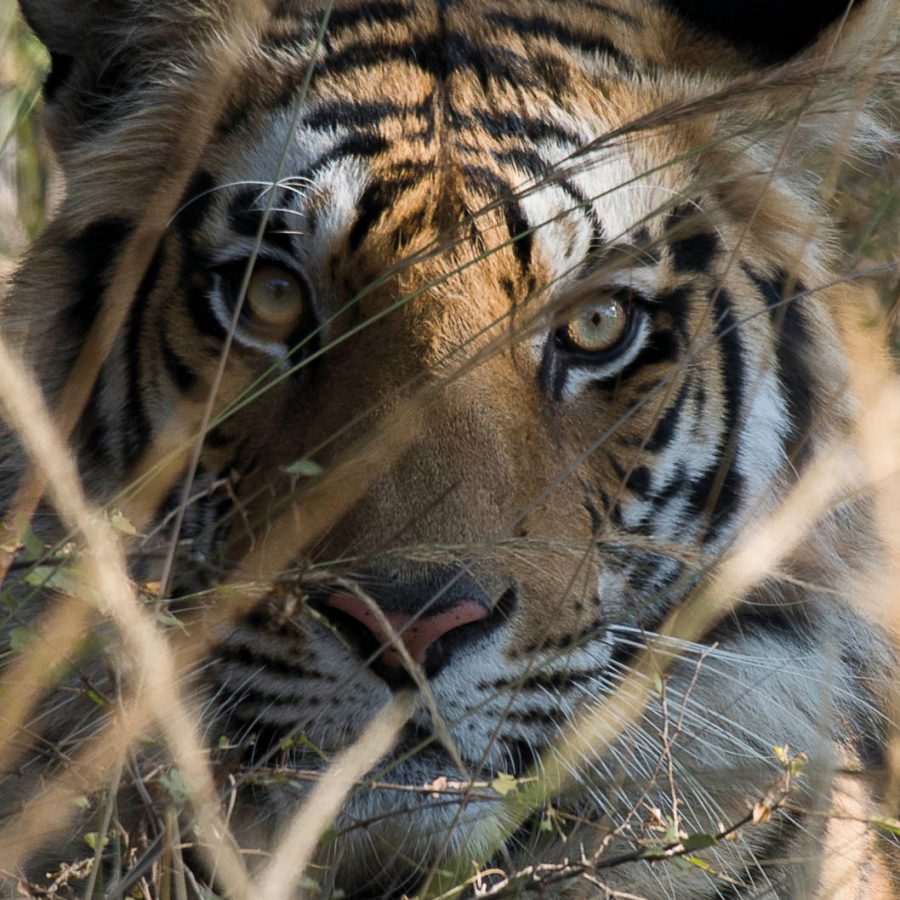
Credit: Taj Safaris
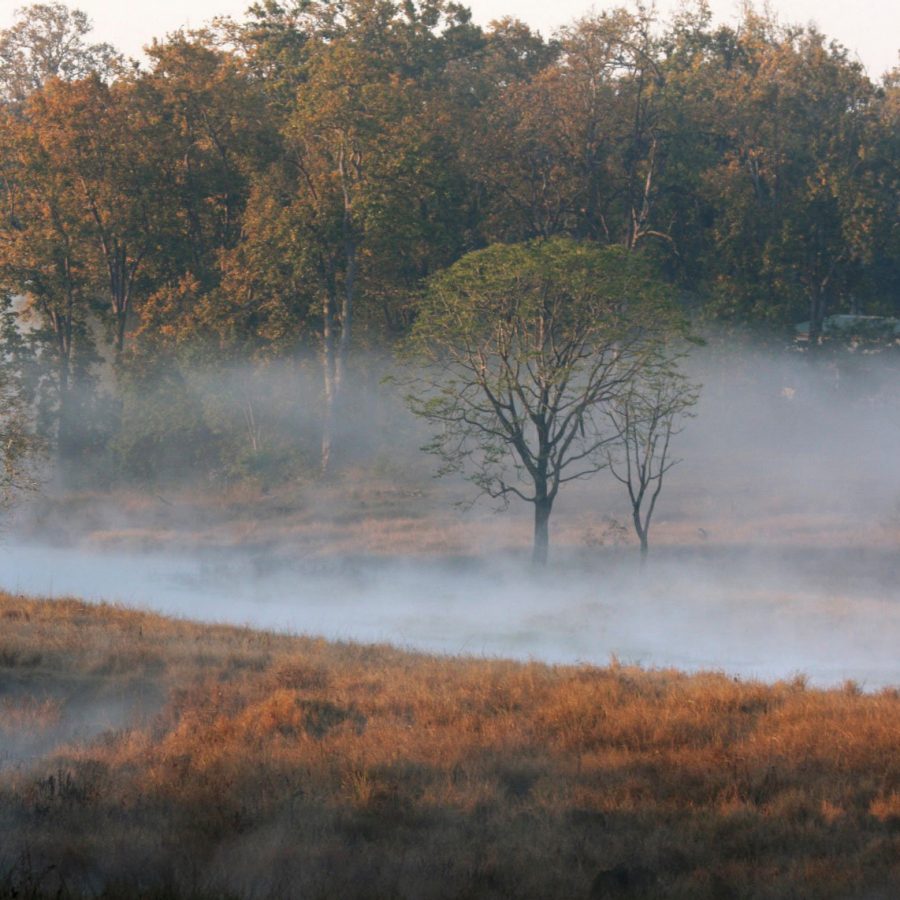
Credit: Alan Symes / Alamy Stock Photo
Her yellow eyes are trained on us as she bares her teeth and pads forward. Earlier that morning I had – as local tradition demands – kissed the feet of a tiger statue in the hope of getting a good sighting. Maybe I had smooched them a little too fervently?
It is difficult to describe how beautiful she is without reaching for trite superlatives, but being alone in the jungle with this vivid, powerful creature – even for just one minute – makes me feel extraordinarily privileged. Eventually, with a toss of her head, the tigress turns towards a thicket of trees and vanishes almost instantly.
The following day, after a morning trailing one of the bushy-tailed wild dogs that are so different from their African counterparts, Patel and I stop for a break on a hilltop, quietly admiring a minivet bird’s iridescent pill-box red coat as it flutters above our heads.
Suddenly, a blood-curdling roar rings out through the jungle. Then, silence. A minute later, another deeper, louder, closer roar and a hurried exclamation of terrified alarm calls. Clearly, my earlier supplication to the tiger gods is working.
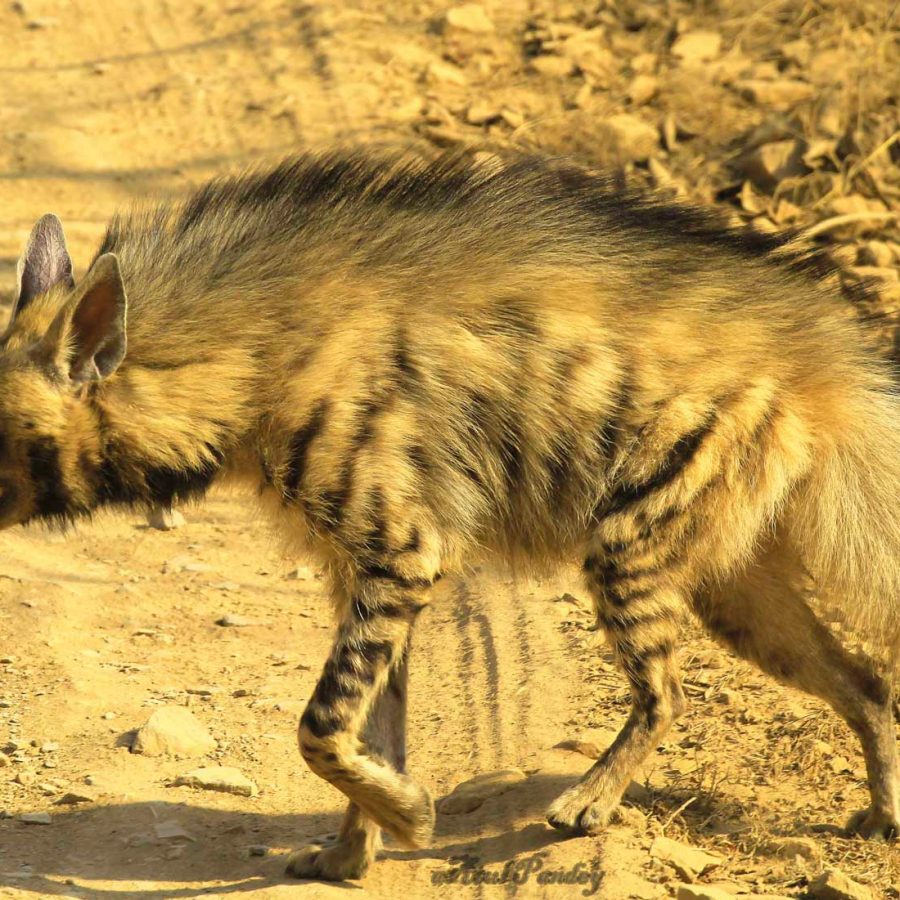
Credit: Atul Pandey
Patel edges us around a corner as animals scatter. A hulking, 240-kilogram tiger lollops through the undergrowth and stands quietly in front of us. He breathes slowly through a mouth of gleaming fangs and shakes the white ruff that frames his face. His extraordinary coat ripples as his muscles twitch underneath.
I have spent years travelling around Africa and Asia, and rarely have I teared up due to fear. But as the tiger approaches, and then silently turns and pads away, I find myself reaching for the tissues. I realise how dangerous it would have been we if we weren’t protected by our jeep.
From a human perspective, the cats feel very elusive, but they are actually living in highly claustrophobic conditions – and the rangers are doing a good job of keeping the irreversible tide of humanity outside the gates. But as tiger numbers grow, there is less space for them in the parks, and these highly territorial cats are being forced to enter human settlements, thereby putting themselves – and the villagers – in mortal danger.
Tiger poaching, Patel explains, is less of a problem now than it once was, but their skins and bones are still being smuggled to China and Vietnam. ‘In the end, it is the lack of space that is really affecting young adult males, as they have no territory to take over,’ he adds. ‘Adding corridors between the parks will solve this issue, but it is a major project to undertake as residents will need to be resettled.’
When it comes to the natural world, humanity hasn’t done much to be proud of. But my conversation with Patel over dinner in a park still ruled by tigers gives me some hope for the future. ‘Most of our visitors are Indian,’ the passionate conservationist notes. ‘They come expecting a zoo, but they are blown away by the beauty of the tigers and the jungle; this awareness is the best chance the tigers have.’
Where to Stay
Banjaar Tola
It is impossible not to fall instantly in love with this riverside lodge that looks directly into Kanha National Park. Bedrooms are airy and expansive, with deep baths, wooden floors and views out into the jungle. Lie on your bed and watch the monkeys bicker outside, sip on mango lassis and play board games in the beautiful central dining area – or paddle in the plunge pool under the beady eyes of the birds of paradise.
Kipling Camp
This lovely camp is named after Rudyard Kipling – one of the park’s most famous fans, who wrote The Jungle Book between here and the nearby Pench National Park. Situated in a glade of trees, this is one of India’s original lodges – a vision of its well-known owner, the late British conservationist Bob Wright, who opened it in the early 1980s. Many of India’s most famous names have drunk gins and tonic in its bar over the years.
Kanha Jungle Lodge
Hidden deep in this forest under a canopy of leaves is one of the area’s most charming camps. This was the first lodge in Kanha, set up and operated by the Sankhala family, who pioneered conservation at the time when they launched Project Tiger in the 1970s. Evenings are particularly special in this quirky lodge, famed for its outdoor dinners.
Hero image: Getty Images
More inspiration
- China – the Chinese Mainland, Hong Kong SAR, Macao SAR and Taiwan Region
- Hong Kong SAR - English
- Chinese Mainland (China) - English
- Taiwan, China - English
- 香港特別行政區 - 繁體中文
- 中国內地 - 简体中文
- 中國台灣 - 繁體中文
- Africa
- South Africa - English
- Asia
- Bangladesh - English
- Korea - English
- Singapore - English
- Cambodia - English
- 한국 - 한국어
- Sri Lanka - English
- India - English
- Malaysia - English
- Thailand - English
- Indonesia - English
- Maldives - English
- ประเทศไทย - ภาษาไทย
- Indonesia - Bahasa Indonesia
- Myanmar - English
- Vietnam - English
- Japan - English
- Nepal - English
- Việt Nam - tiếng Việt
- 日本 - 日本語
- Philippines - English
- Australasia
- Australia - English
- New Zealand - English